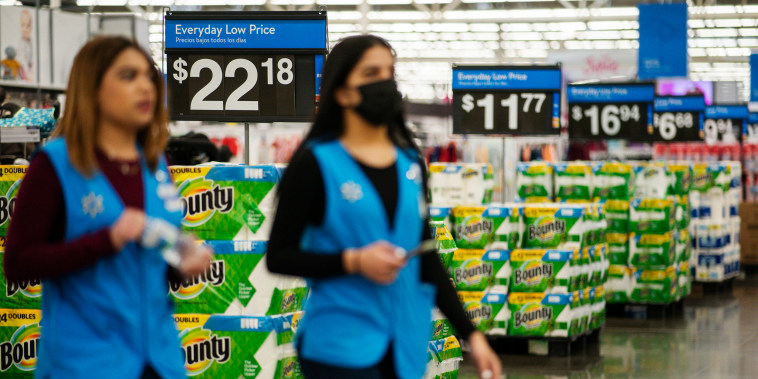In an increasingly competitive marketplace, retail giants such as Walmart and casual-dining chains like Chipotle have been grappling with the intricacies of pricing. Faced with escalating costs, labor shortages, inflationary impacts, and growing consumer dissatisfaction, these companies are feeling the ripple effects of their pricing strategies.
To start with, Walmart, the world’s largest retailer by revenue, has always been synonymous with affordability. The retail giant’s Everyday Low Price strategy has been a significant contributor to its competitive positioning, attracting millions of customers worldwide. However, recent times have presented several challenges to this strategy. Rising costs, be it from product sourcing, labor, or transportation, have put enormous pressure on Walmart’s ability to maintain its pricing strategy. Complicating matters is the mounting inflation due to pandemic-related disruptions, forcing Walmart to reconsider its pricing decisions.
Interestingly, Walmart has managed to, rather forcefully at times, use its market power to coerce suppliers into absorbing some of these cost escalations. However, with inflation outpacing wage growth and suppliers hitting their breaking point, the retail giant is left with the uneasy job of passing these costs onto consumers. Much to its chagrin, these decisions have not sat comfortably with price-sensitive Walmart customers, who’ve been quick to feel the squeeze.
Simultaneously, Chipotle, one of the leading quick-service restaurants in the US, is facing heat over its pricing policies. The chain, renowned for its commitment to ‘food with integrity’ and its focus on organic and responsibly-sourced ingredients, has seen its costs balloon over the past year. Factors such as rising commodity prices, increased minimum wages, and labor shortages have added to the company’s woes. As a reaction to its growing expenses, the company decided to raise menu prices, a move that is increasingly being scrutinized.
Chipotle’s pricing decision seems to be a hasty reaction rather than a long-term strategic plan. Increasing prices in a market where dining options are plentiful and varied, and where consumers are still reeling from the impacts of the pandemic, could significantly affect patronage and loyalty. Critics argue that the fast-casual Mexican grill giant could have looked at other cost-saving measures or revenue-enhancing strategies before rushing into a price hike.
The story unfolds similarly for other businesses, from the convenience of Dollar General to the electric charm of Tesla. Companies are grappling with the shattering impact of cost increases and inflation. However, it brings to light the critical need for strategic, innovative thinking to balance these hardships.
What seems apparent from these developments is the fact pricing is more than just a mere cost-plus exercise. It requires a deep understanding of market intricacies, consumer behavior, supply chain management, and strategic foresight. These price increases have underscored the need for companies to adopt dynamic pricing strategies that are responsive to external market changes. They should be employing flexibility without alienating deeply ingrained customer expectations.
In sum, retail and dining giants like Walmart and Chipotle are experiencing the turbulent waves of increased prices. These companies, along with others, have been put in a position where they’re forced to make pivotal decisions. Balancing the economic reality of increasing costs with maintaining consumer satisfaction shapes up to be the challenge they must rise to meet. Let’s wait and watch how they navigate these tumultuous waters while satisfying shareholders and customers alike.




